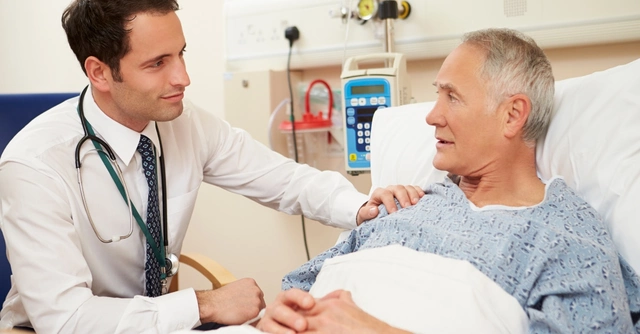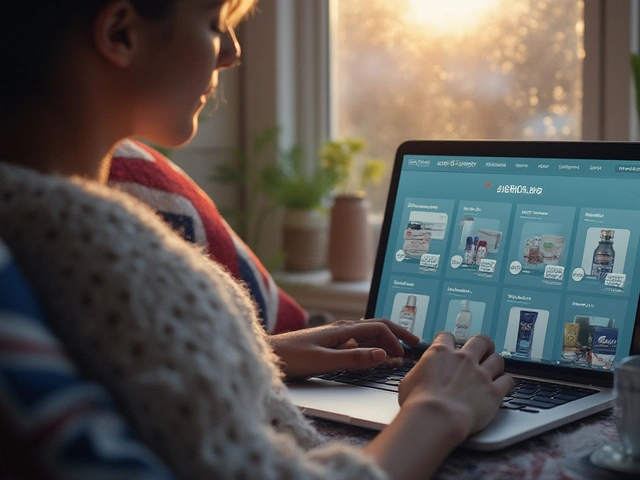Early Detection: Simple Steps That Make a Big Difference
Catching a health problem early often means easier treatment and better results. You don't need medical training to notice warning signs. A few habits and timely screenings can change an outcome — here’s how to be smarter about spotting issues early.
Common signs to watch for
Know what’s normal for your body so you notice what’s not. Look for new lumps, sores that won’t heal, unexplained weight change, persistent cough, shortness of breath, change in bathroom habits, unusual bleeding, or new, ongoing pain. If something lasts more than two weeks or gets worse, don’t wait.
For specific checks: do a monthly breast or testicular self-exam, scan your skin once a month for new or changing moles, and pay attention to memory or mood shifts that interfere with daily life. These are small actions that help you find problems earlier.
How to get screened and what to expect
Screenings catch issues before symptoms start. Basic tests include blood pressure checks, cholesterol and blood sugar (A1C), Pap smears, colonoscopy, mammograms, and HPV or HIV tests. Guidelines can vary by age and risk — for example, many providers discuss mammograms starting around 40–50, while colon cancer screening often begins at 45. Ask your clinician which tests fit your age, family history, and lifestyle.
Bring a short list to appointments: symptoms, family history, and current meds. If a test is recommended, ask what a follow-up looks like and how soon you’ll get results. Telehealth can speed initial questions; in-person visits cover physical exams and tests.
Some signs demand quick action. Seek urgent care or an ER for heavy bleeding, sudden severe pain, sudden weakness or slurred speech, trouble breathing, or fainting. For anything less urgent but concerning, call your primary care provider within a few days.
Track changes with notes or photos. A photo of a changing mole or skin rash is useful. A symptom diary (date, what happened, what made it better or worse) helps providers spot patterns. Use your phone calendar to set reminders for screenings and self-checks.
If cost or access is a worry, look for community clinics, sliding-scale services, or public health screening events. Many health systems run low-cost screening programs for cholesterol, blood pressure, and diabetes. Don’t skip screening because of money — ask about options.
Early detection doesn’t mean you’ll always avoid treatment, but it puts you in control. Notice changes, schedule recommended tests, and ask questions. Small, consistent steps make a big difference in health outcomes.
Georgea Michelle, Jun, 2 2023
Indinavir and the Importance of Early Detection and Treatment of HIV/AIDS
As a blogger, I cannot stress enough the importance of early detection and treatment of HIV/AIDS. One powerful weapon in our arsenal is Indinavir, a potent protease inhibitor that helps prevent the virus from reproducing. When used in combination with other antiretroviral drugs, it can significantly improve the health and lifespan of those living with HIV/AIDS. Early detection and intervention give patients the best chance to manage their condition and lead fulfilling lives. So, let's continue to raise awareness and encourage regular testing to ensure that everyone has the opportunity to benefit from treatments like Indinavir.
View More





